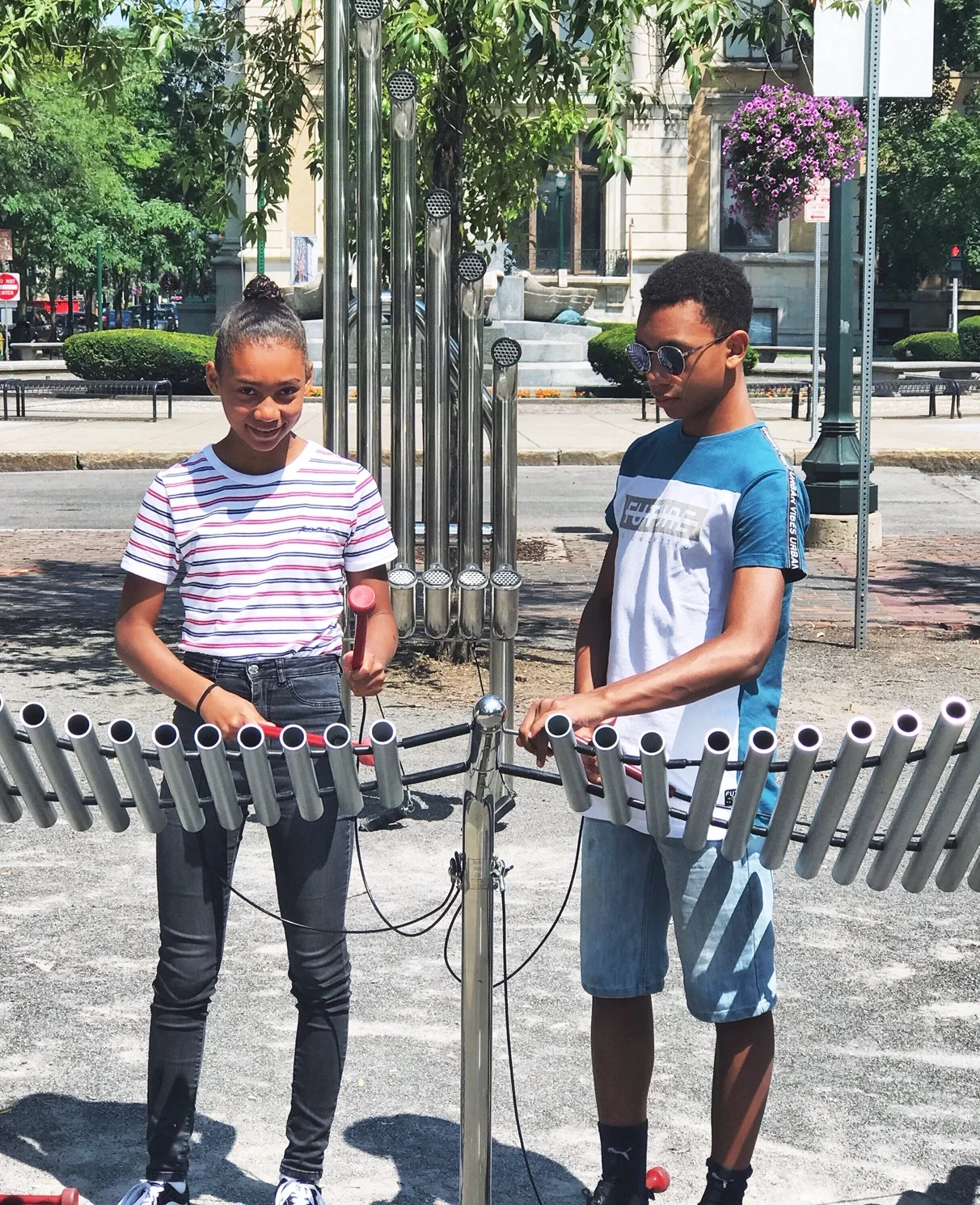We romanticize the power of our vehicles, while downplaying our obligations to safety and community…with deadly results.
Read MoreA controversial new ad from Peloton has everyone talking. But will it finally get people talking about the benefits of real cycling—benefits that go far beyond just improved physical health?
Read MoreA begrudging trip downtown opened this suburb dweller’s eyes to the delights of a wonderful city street. What similar experience have YOU had that helped you see your place in a new light?
Read MoreIt’s an uncomfortable truth: doing the right thing for our communities usually means doing the hard thing. Or at least the less easy thing. What does this mean not only for the people who design our cities and towns but for those of us who live there?
Read MoreSkeptics cite empty buses and trains as proof that public transit isn’t worth the investment. But what if they applied their same standard to our rural highways?
Read MoreIt’s a paradox, but cities can set the stage for the unscripted. These playful surprises cater both to young and the young-at-heart, and they endear the community to visitors and residents alike.
Read MoreThe reality for most of us is that “last mile” transportation options like e-scooters and e-boards, which imply connectivity to other forms of public transit, really mean nothing when public transit either isn’t adequate or doesn’t exist.
Read More“We’ve gotta be perfect. If a negligent driver kills someone, people see it as a necessary evil. But if a cyclist runs a red light, or a scooter hops onto a sidewalk alongside a busy street, we are just jerks driving crazy little vehicles with no regard for the law.”
Read MoreScooters are often perceived as a nuisance on public streets. But nearly every problem blamed on them is ultimately a consequence of the way our cities are designed to privilege the movement and storage of cars above all else.
Read MoreThe values often labeled “urbanism” are really about living the kind of locally-centered life that’s easier on your wallet, the environment, and your health—and that makes our communities more prosperous and resilient as well. But do you need to move downtown to be an urbanist? Absolutely not.
Read MoreWe, as a culture, have become so fixated on growing jobs in our communities that we can’t see anything else. It is up to us to recognize that our cities and metro areas can ask for better.
Read MoreRust Belt cities have endured difficult losses, and no matter how hard they’ve tried, they have never quite been able to shake the financial and psychological wounds. So today, we’re taking the American city to therapy.
Read MoreWhen a new brewpub, restaurant, or entertainment venue opens in your town, is this a sign of growth, or merely a shift in where patrons spend their dollars? And what does that imply about cities that subsidize such things?
Read MoreWide, fast avenues through residential areas act as moats. They divide residents from jobs, resources, and each other, and harm cities’ prosperity and quality of life. Here’s one example of such a “moat.”
Read MoreTake a photo tour of some great streets in Syracuse and see what makes the traditional development pattern work so well on the ground.
Read MoreTo assume that a street-forward, mixed use development will activate a lifeless area is like assuming that gardening is a matter of “just add water.” In reality, different urban environments—like different soils, climates, and plants—require different elements of care.
Read MoreWhat does it take to bring life back to a faded downtown? Contrary to conventional wisdom, big employers may underperform as revitalization engines, and small-bet approaches—improvisational, innovative, and low-risk—can deliver outsize rewards.
Read MoreWe hear this term a lot, but it’s never clearly defined.
Read MoreThe worst thing a business of any size can do is alienate their regular patrons by showing favor to new ones. This applies in cities too.
Read MoreSmall, scalable businesses are leading urban revitalizations across the country.
Read More



















